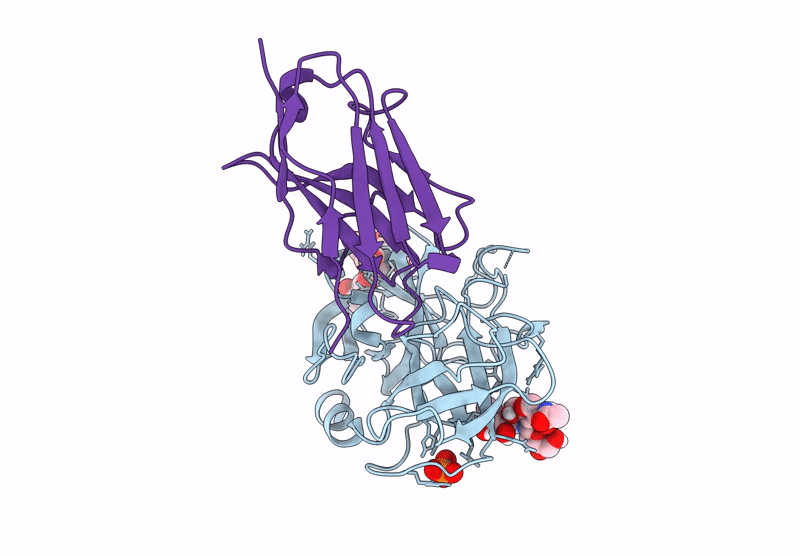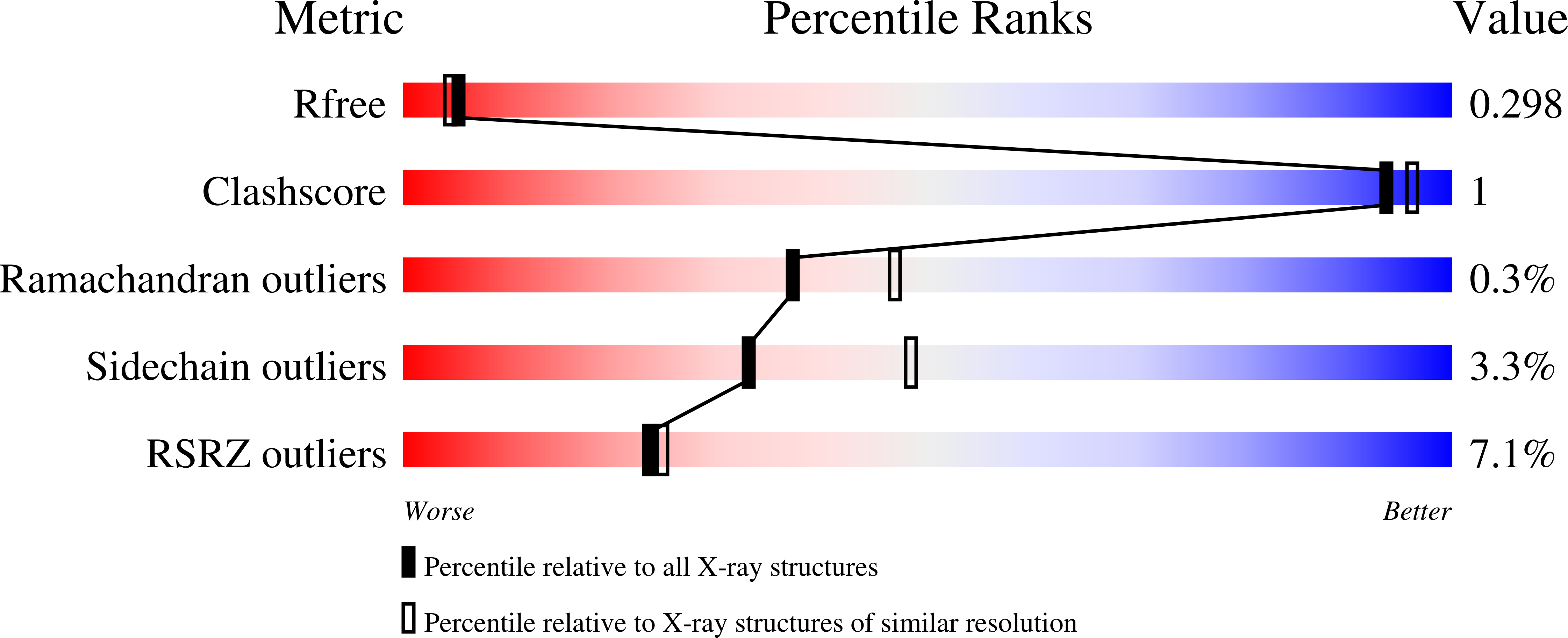
Deposition Date
2023-09-06
Release Date
2024-12-25
Last Version Date
2024-12-25
Entry Detail
PDB ID:
8QGX
Keywords:
Title:
Complex between human neutrophil elastase with nanobody NbE201
Biological Source:
Source Organism:
Lama glama (Taxon ID: 9844)
Homo sapiens (Taxon ID: 9606)
Homo sapiens (Taxon ID: 9606)
Host Organism:
Method Details:
Experimental Method:
Resolution:
2.30 Å
R-Value Free:
0.27
R-Value Work:
0.22
R-Value Observed:
0.22
Space Group:
P 21 21 21


